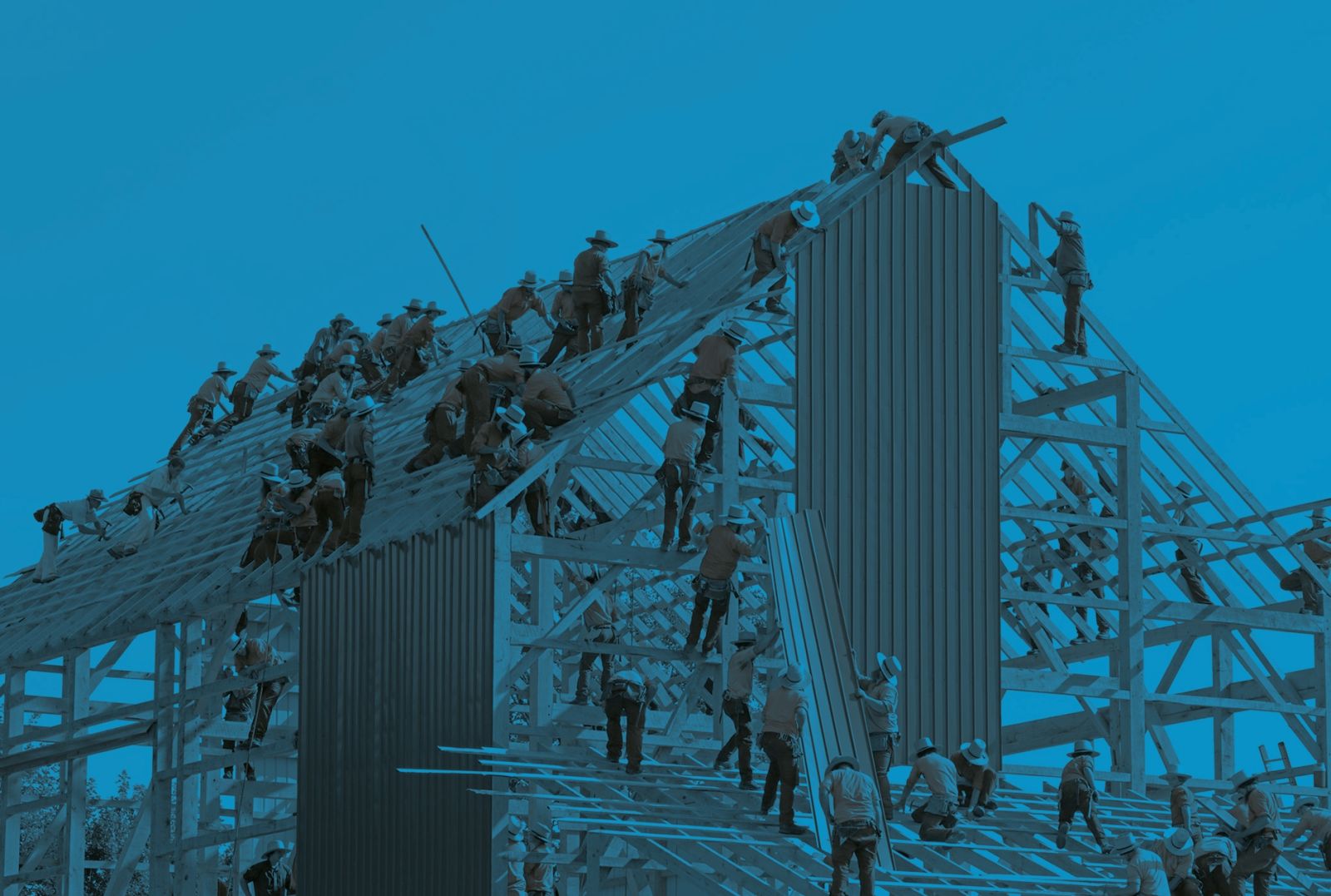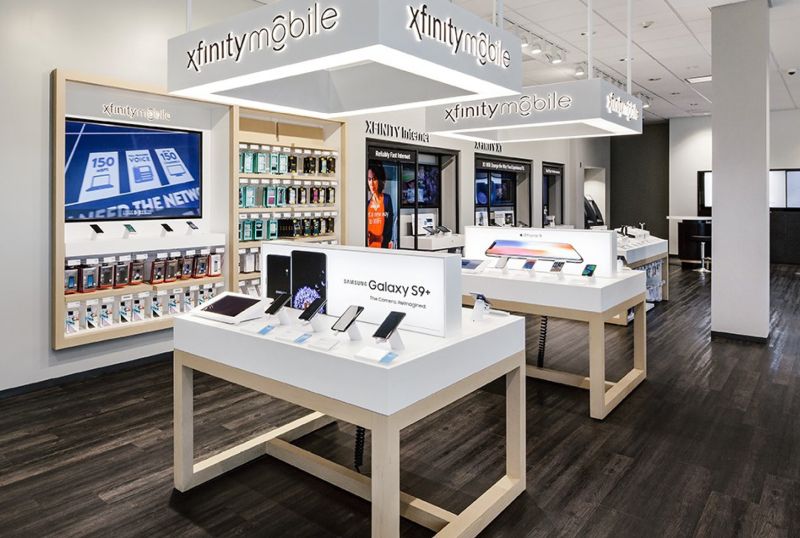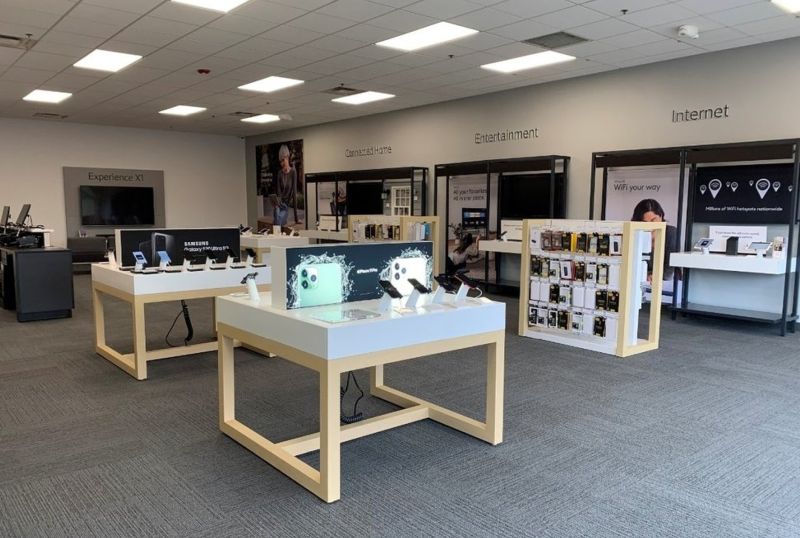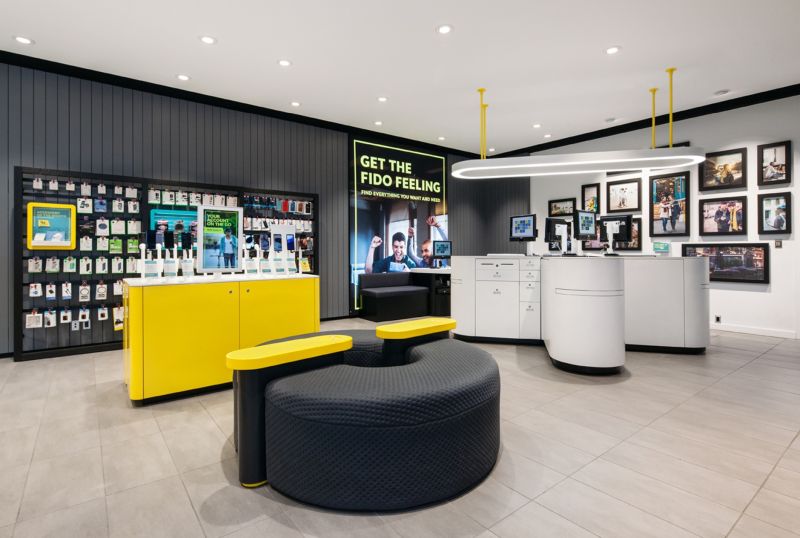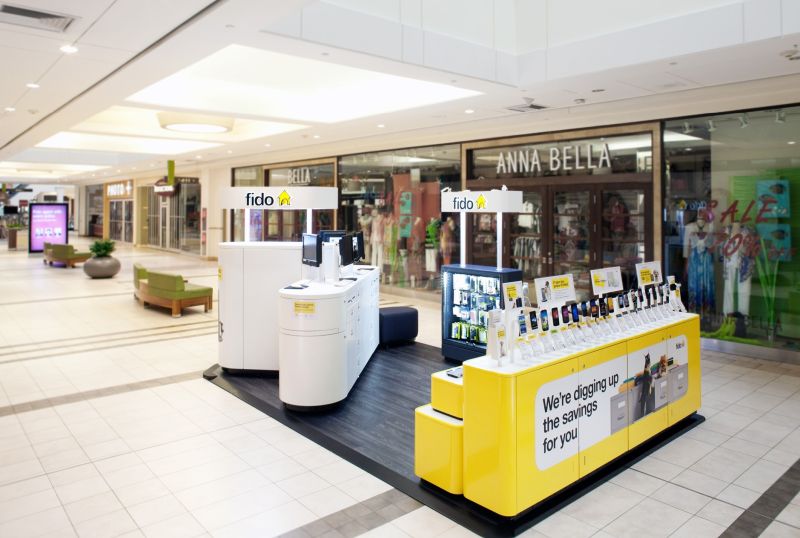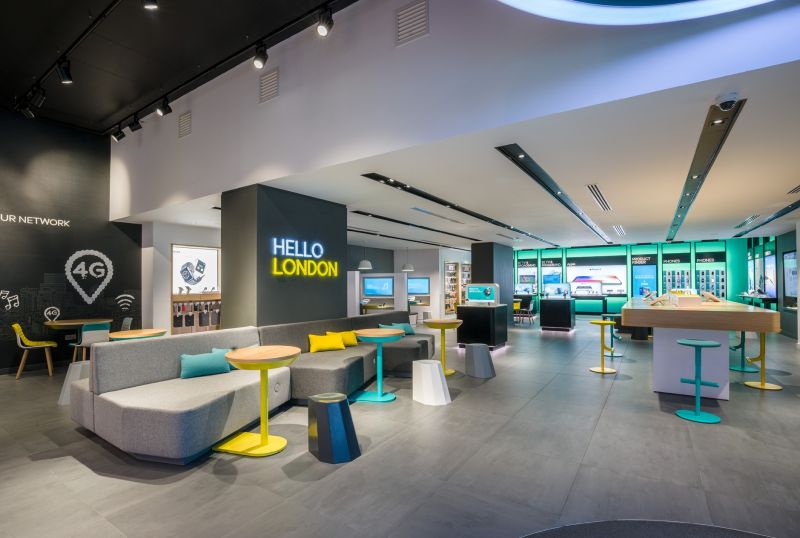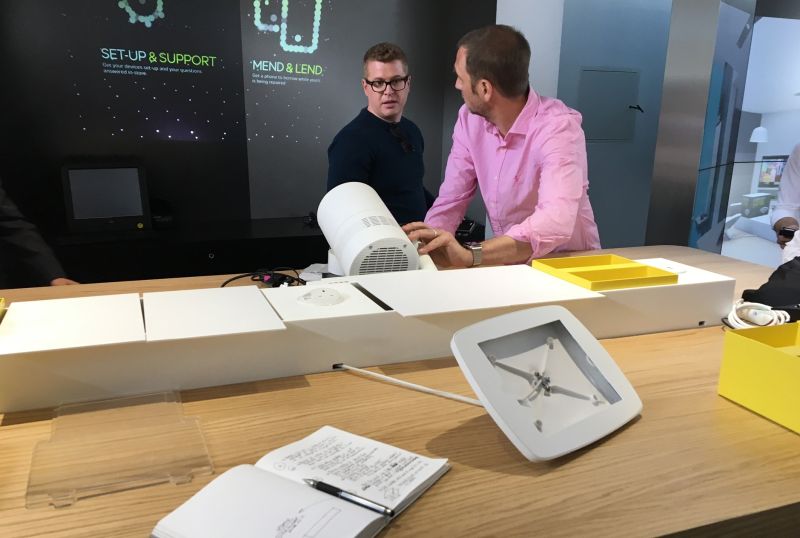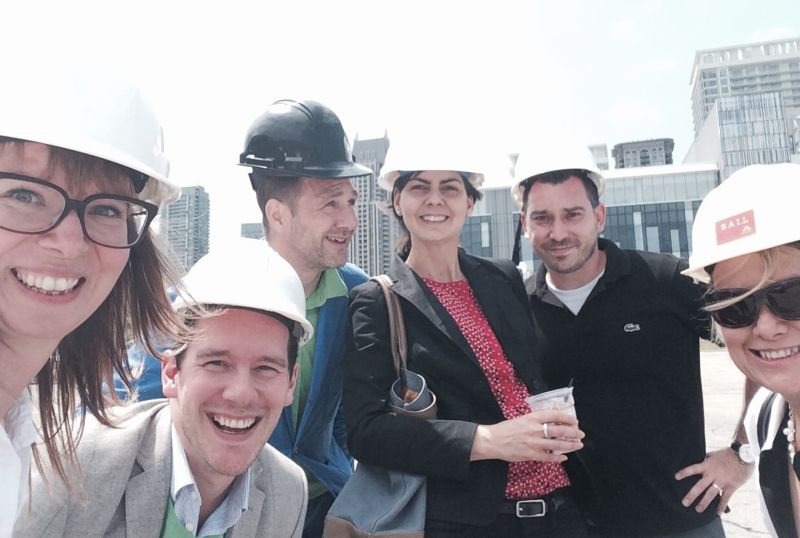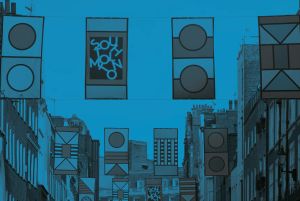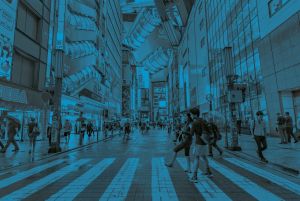Value Engineering Physical Retail Formats
As the retail sector continues to navigate through one of the biggest transformations in its history, the future can at times feel uncertain. However, there is one thing we can be sure of. Whether you are an online ‘disruptor’ venturing into physical retail or an established global retail icon reimagining your store ‘experience’, at some stage you will need to value engineer your physical retail format.
We believe that retail teams should start to think more broadly when they look at reducing the cost of their physical store formats. Here, we share some of the ways that we approach value engineering whilst looking through this broad lens.
Are you asking the right question?
Value engineering projects are usually driven by internal procurement teams and the focus is on reducing the cost of a store fit out. This approach only addresses half of the question. The focus should also be on preserving ‘value’. Maintaining the customer and the staff experiences is rarely considered in briefs at this stage of the project. Instead of asking ‘How can we reduce costs?’ we help retail businesses answer the question ‘How can we reduce costs without changing the customer and staff experience?’
To answer this question one must understand where the value lies in the store experience. What is it that provides customers and staff with value? Make sure that when you ask yourself what can be stripped out, you also ask what will be missed and what will go unnoticed?
In today’s retail climate, not prioritising the customer and staff experience may prove fatal. Creating the right experience is one of the key factors to the success of physical retail and what you have spent your time and money on when creating a new store format. It seems a shame to then go and remove aspects of the store experience as a by-product of reducing costs.
Looking at store fixtures and material finishes for cost savings shouldn’t be the only focus. While ring-fencing ‘value’ in the retail experience, the scope to strip cost out of the store environment becomes more challenging. A well-considered, thorough value engineering exercise explores multiple ways to reduce store associated costs. By adopting a more holistic view, the team at Quinine has helped many clients broaden their understanding of value engineering. The benefits often involve savings far greater than those that would have been achieved by simply altering a fixture detail or changing out a material finish. Below we have outlined some of the ways we help our clients think differently by reducing costs, whilst protecting the all-important staff and customer experiences.
Getting the design right from the start
The savings clients ask us to target can sit anywhere between a 10% and 60% reduction. When we consider the top end of this scale, a fair question to ask is; ‘How can there feasibly be 60% available to strip out’, but it can be possible.
So, how does this happen? Where does this excess ‘fat’ come from? It’s too easy to suggest this is a result of extravagant finishes and complicated details. Whilst this may be true in a minority of cases, in reality the excess cost is usually a result of a lack of planning at the start of a project. Retail’s fast-paced, all hands on deck approach (which keeps businesses competitive) can drive a culture focused on delivering any solution, over delivering the right solution.
Making sure you get the design right up front, so value engineering isn’t needed at the end of the project, is the best way to reduce costs and time in the long term. Whenever possible, teams should schedule in ‘moments’ throughout a new project to understand if the concept is appropriate and whether it’s being delivered in the most cost-effective way. Has the purpose of the new format shifted? Has the scope expanded? Often, it is in these moments that Quinine’s team identifies the most meaningful opportunities to deliver cost-effective solutions.
If retail businesses spend time up front getting the design right, a lengthy value engineering exercise can be avoided down the line. The irony is that value engineering exercises can be costly. Investing in re-design, re-engineering and second phase prototype and manufacture demands significant time and involves multiple stakeholders. Taking the time to get the design right from the start means retail businesses don’t risk doubling up on costs.
Don’t relocate cost
When stripping cost away from a store format, a holistic view must be taken. Does reducing cost in one area simply increase it elsewhere? It is very easy to take one cost and inadvertently shift it to another part of the store.
Let’s take the example of switching out a ceramic tile floor for a vinyl floor. Whilst the sq.ft. cost might be less, does the inferior durability of the vinyl increase the ongoing maintenance efforts and costs? Your store staff must now use different detergents, but more importantly, apply more elbow grease and time to remove the daily wear and tear. The labour and maintenance costs of a design change are often overlooked but must be considered as part of the value engineering process.
Retailers must understand how the adjustments they are introducing impact other costs associated with delivering and running the retail store. Does the design of a fixture impact the delivery truck size? Does installation demand one or two people? The right value engineering approach looks at the store through multiple lenses all at the same time to make sure the savings in one area aren’t just shifted to another area in-store.
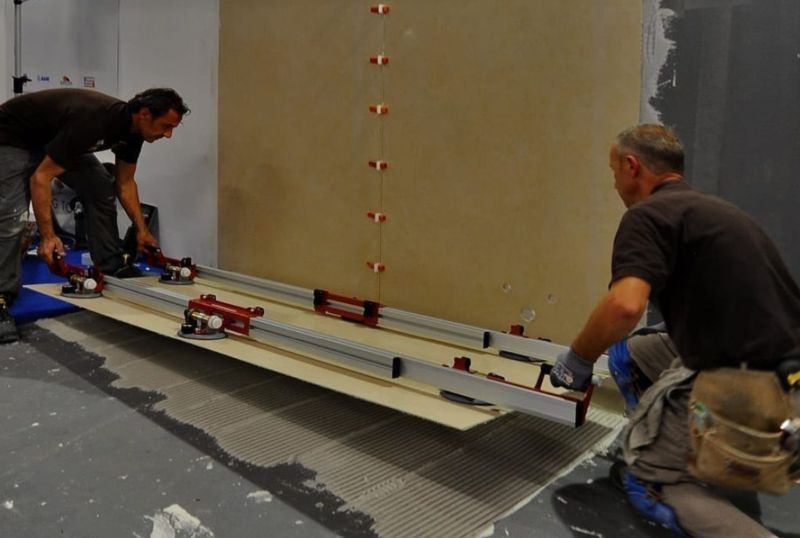
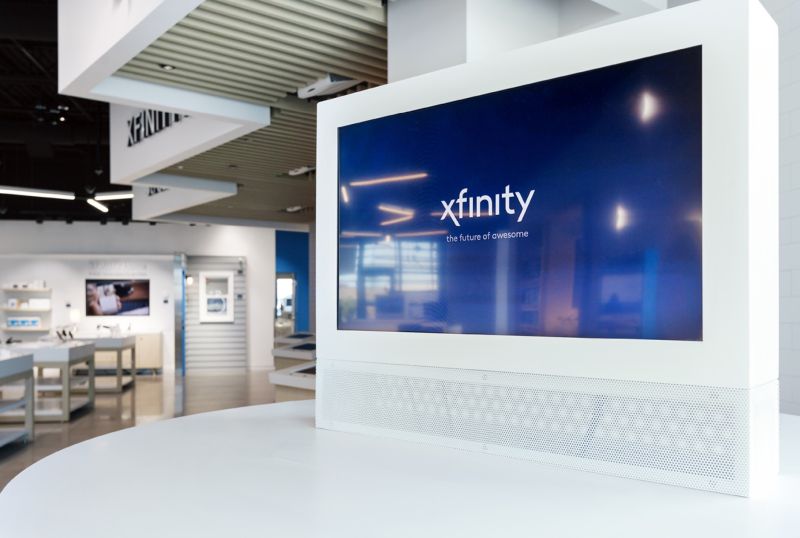
Committing to partnerships
Before retail teams start making changes to the design of the physical store experience, they must ensure they are getting the best costs from their manufacturing partners.
Whilst approaching multiple manufacturers as part of a formal tender is important, it should be approached with some caution. The competitive nature of a formal tender is great at unearthing a manufacturer’s best price, but it also risks them making false promises that win them the work but fall down when they engage in the reality of a pressured rollout schedule. A more reliable approach is to build cost-saving into future stages. A good place to start is to facilitate batch manufacture wherever possible.
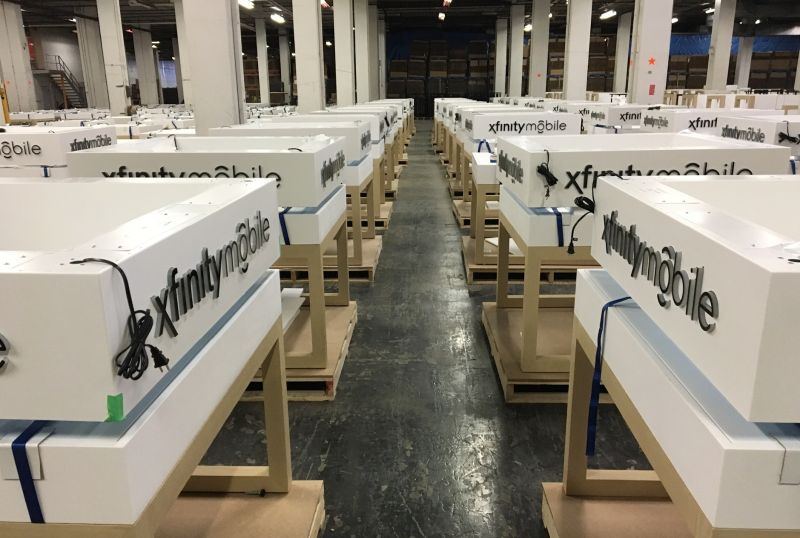
Economies of scale reduce cost and this doesn’t just apply to fixture manufacture. This approach should be applied across the entire delivery supply chain. You may need to re-negotiate your budgets and project funding with your finance team, but if you consider undertaking ‘batch production’ with contractors, architects and technology suppliers, substantial costs savings emerge.
As the world of physical retail evolves, it’s important to note that this approach comes with its challenges. Taking advantage of economies of scale is ideal for mass rollout store formats, but this ‘one size fits all’ approach doesn’t align with emerging business models that recognise the need to offer unique localised retail experiences that fit into the community. This, along with the growing trend to deliver retail formats in a more agile way, at multiple scales, invariably means more unique, one-off store environments.
International tendering
It’s well known that where a business manufactures can significantly reduce costs. We have been able to achieve cost savings of up to 40% for our clients by manufacturing in China compared to local equivalents.
However, a growing priority that must be considered throughout the tendering process is sustainability. In our article 10 Tactical Ways Retailers can Deliver Sustainable Development, we identify how supply chains represent one of retail’s most significant areas of environmental impact. Whilst this typically relates to the manufacture and supply of goods, the same challenge applies to the supply of store fixtures and finishes. In response, businesses are establishing policies that encourage their teams to act sustainably. In some cases, departmental budgets are being linked to sustainability criteria to motivate teams to source more locally.
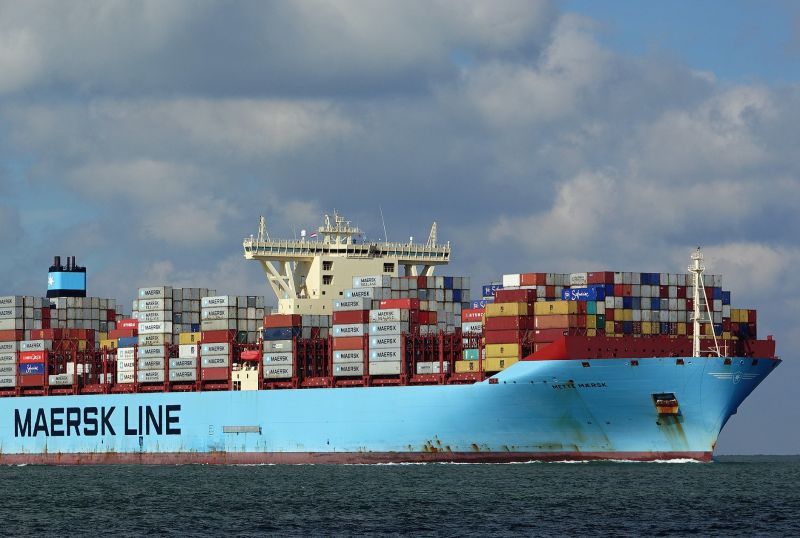
Furthermore, with distance comes a greater risk to reliability. By sourcing internationally, teams become exposed to potential political and social hurdles. Throughout the pandemic of 2020, due to the backlog experienced in global shipping routes, the cost of shipping containers soared. Under these conditions, shipping costs became up to four times more expensive than normal.
Despite these challenges, manufacturing overseas should continue to be considered as part of a value engineering exercise. It just demands that businesses adopt a more carefully curated approach to sourcing. Alongside efforts to reduce cost, retail teams must also consider reliability, delivery times, and environmental impact, relying upon a mix of local and international manufacturing partners.
Share, share, share!
A successful value engineering programme cannot be achieved in isolation. It’s a careful balancing act of many moving parts that demands collaboration between multiple internal and external teams. One of the biggest challenges in bringing so many stakeholders together is the willingness to share information on costs and margins with other teams.
Without clear visibility of all the associated costs from the start, it is less likely that successful cost reductions can be achieved. Not only will a lack of complete transparency harm the final customer and staff experience, it can also delay the value engineering process, which in itself elevates the cost to the business.
Businesses setting out to reduce the cost of their physical retail format must involve all associated teams from the very start and make sure everyone is buying into the bigger goal; to save the business money.
The devil remains in the detail
Albeit just a snapshot of some of the techniques and principles that we adopt, the above considerations demonstrate that successful value engineering involves looking beyond fixture detailing and materials.
Whilst these approaches can significantly reduce overall costs, there will always remain that need to examine the design detailing of the store environment to understand how this can be delivered more affordably.
Alongside our expertise in research and strategy, Quinine’s heritage in industrial design helps us identify and deliver cost savings that don’t compromise the retail experience. It is this process of seeing the bigger picture, whilst focusing in on the fine detail that is key to a successful value engineering project. However, this expertise on its own is not enough. It’s crucial that all stakeholders understand the value of change and are able to see its impact as well. Using a variety of visualisation tools and VR headsets, we walk project teams through the stores to get their feedback and build confidence, before pushing forward with the updates.
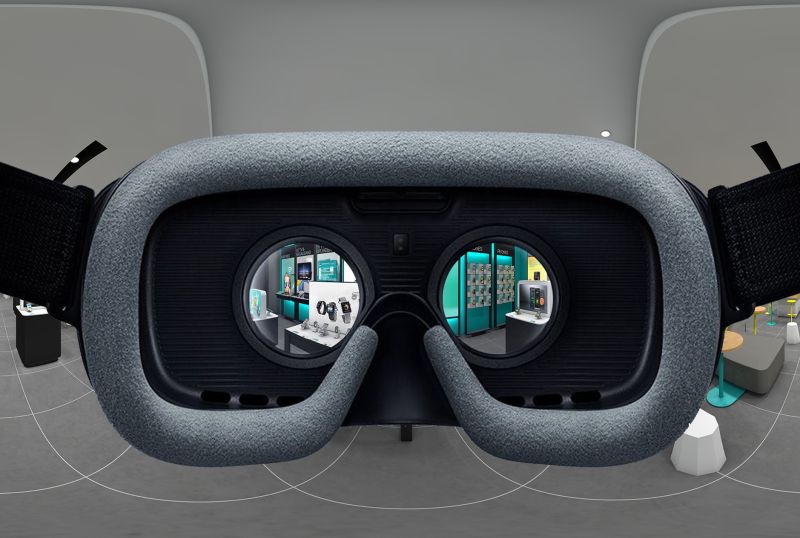
To maximise your investment and ensure nothing gets lost in translation, it’s essential that those involved in defining the design strategy are also involved in the manufacture of the design. This end-to-end process is what makes Quinine’s value engineering reviews so successful. Reducing the cost but keeping the same staff and customer experience must be the aim of all value engineering exercises.
In reducing the cost of a store format retail teams must remember that everything matters. From how fixtures are delivered to site, to the store energy costs, right down to the specification of the grout between the tiles. Every part of the retail eco-system must be examined carefully to identify the right cost reduction opportunities and to understand what knock-on effect each change might have. Most crucially, the effect change might have on the staff and the customer experiences.
Next Steps...
STEP ONE
Value engineering projects can take a great deal of time and involve multiple teams. It’s essential to make sure that you have all the right stakeholders in the room from the very beginning.
STEP TWO
Ensure all stakeholders agree where the value is within the existing design.
STEP THREE
In reviewing the store for cost reduction opportunities, consider the whole store eco-system, not just the material finishes.
Value engineering can be a complex process. If you need help, please feel free to reach out to us here to set up a call.
